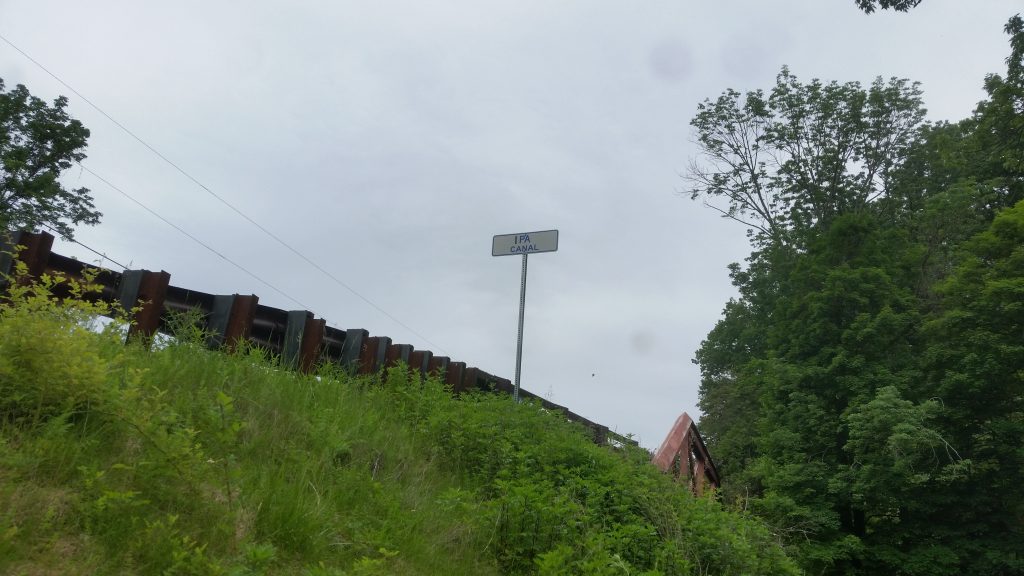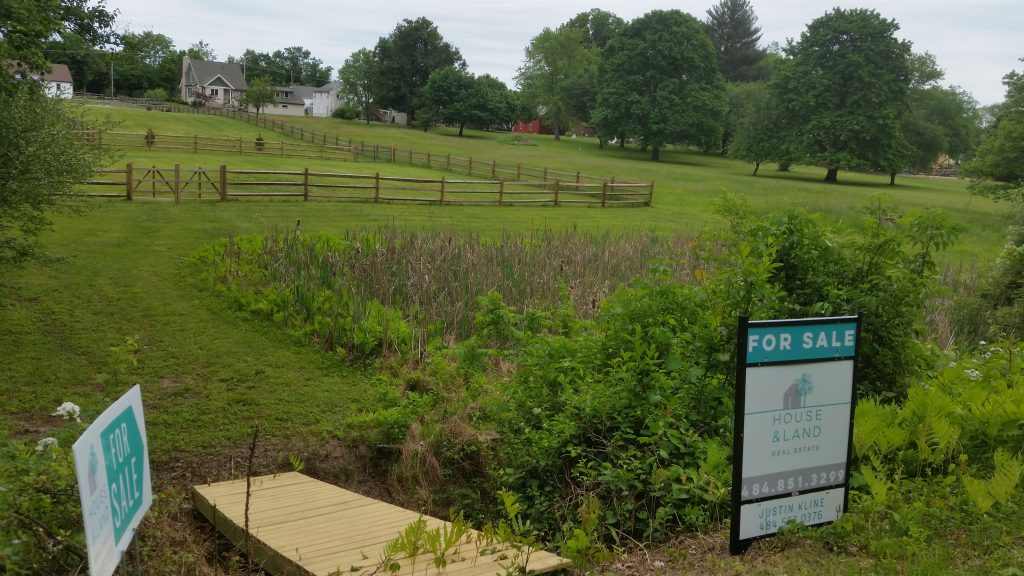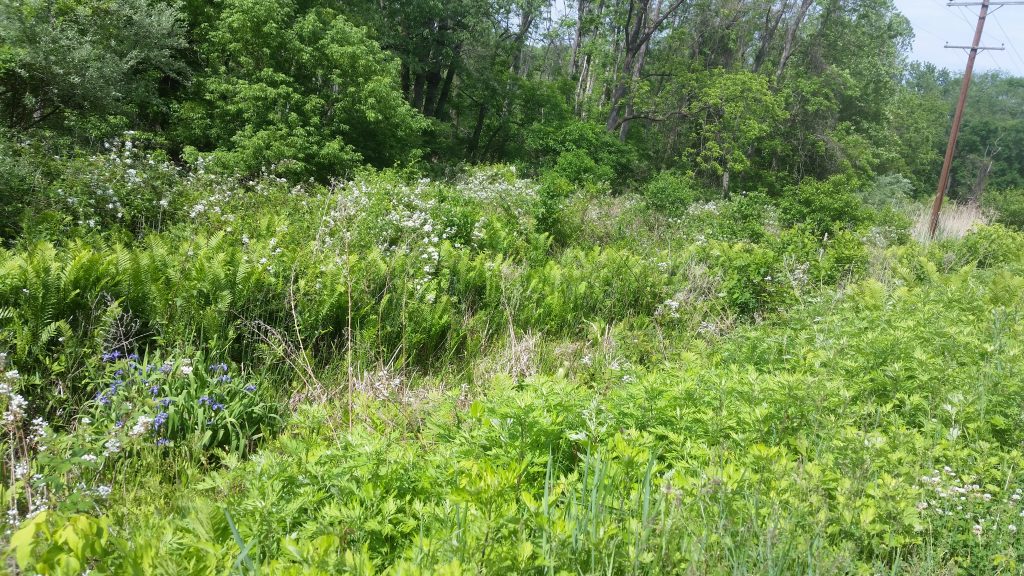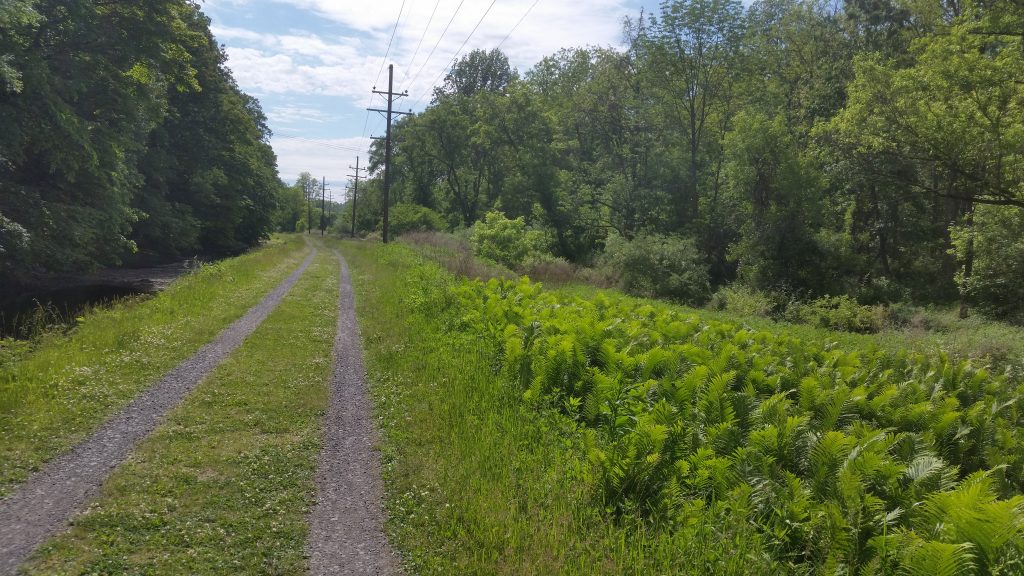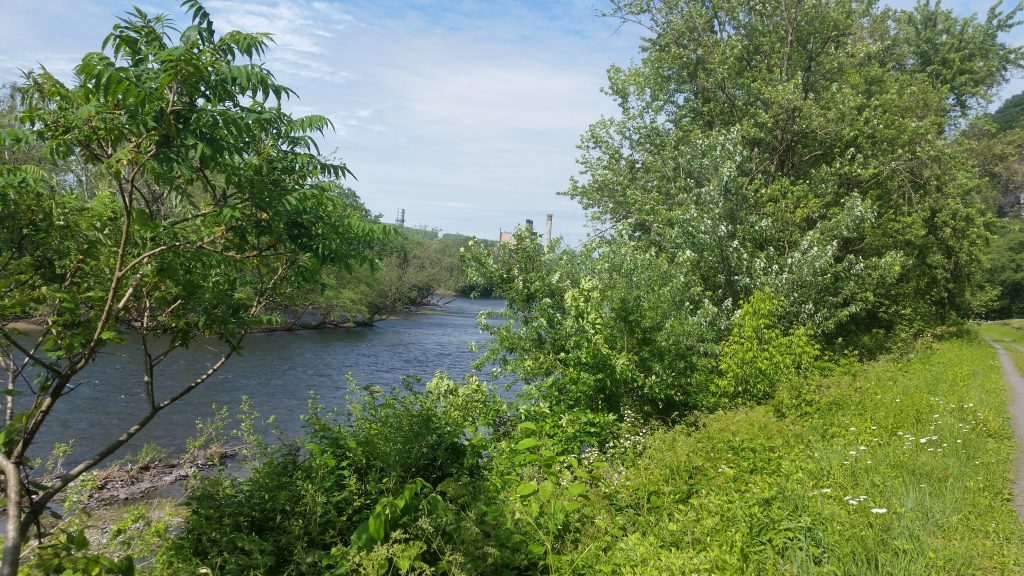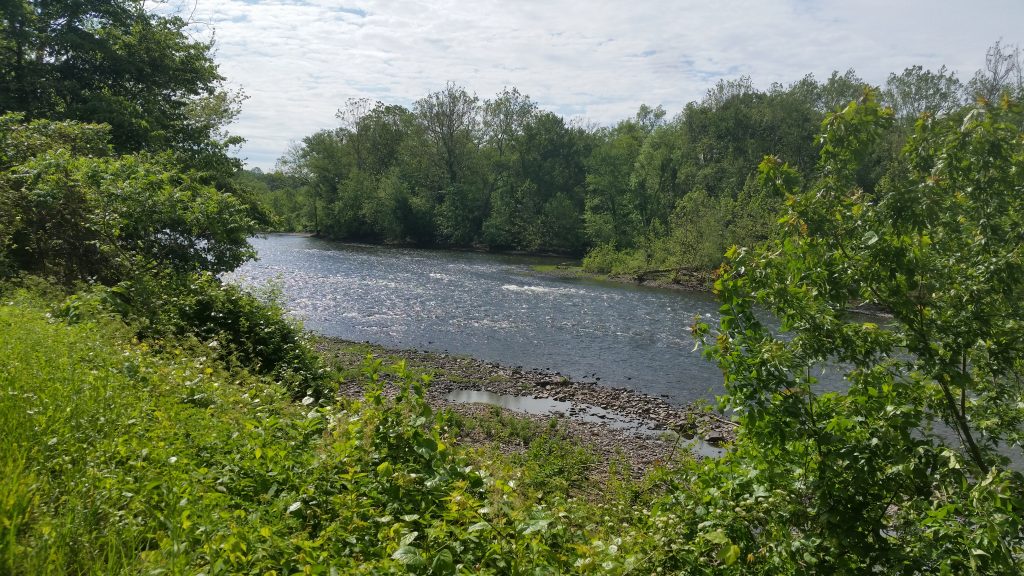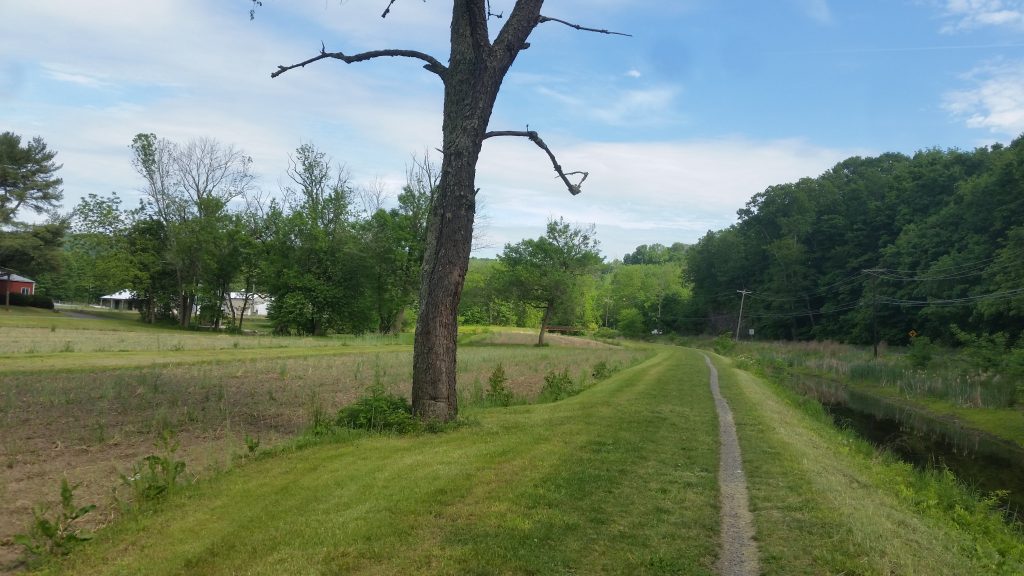Well, the new laptop has been here for over a week now, long enough for me to make some first impressions, while moving myself over to the new machine and customizing it (as well as I can) to fit my needs…
The first thing I did was mess with the desktop. At first I tried to live with the original desktop environment, which is based on the Gnome environment but built by System76 as part of their own Pop!-OS distribution. I managed to get a few things the way I like them, but it still just seemed unpleasant so I installed Cinnamon. A whole bunch of customizations later… it’s not 100% where I want it, but I’m pretty close.
My next step was to install the programs I use (that don’t come automatically installed), like PostgGIS, QGIS, R, GRAMPS and Eclipse. That was pretty easy, actually, and actually was done before I finished setting up my desktop. (I may never “finish setting up my desktop.”) I got Dropbox working, which is nice to have again — it stopped supporting my old laptop’s filesystem a while ago — and that brought me into the next phase of the transition on its own.
That next phase was moving my data files – QGIS and GRASS projects, documents and spreadsheets, programs I wrote, photos, music, my databases (yikes!) — over to the new computer. Dropbox started by synchronizing with my new laptop, meaning it had to put several gigabytes onto my new machine; it did this automatically but the process took days at our slow internet connection rate, especially since I kept pausing it so we could watch movies or do other internet things.
As for the manual transfers: I moved over my PostgreSQL databases as a big first step, thinking it would be the most difficult thing. It really wasn’t; the backup and restore utilities worked flawlessly, even with all the PostGIS extensions. Once the databases were moved over, I moved all the GIS stuff that I intend to keep working on. QGIS needed a little help finding my data resources in their new locations, but that also went pretty well. Moving the Eclipse projects, and my music, and my GRAMPS family tree data, were also fairly easy. I have yet to try moving the photos, with all their metadata, but that’s coming. (I have other databases running on MySql, but I have not even installed MySQL on this machine yet.)
Much of what’s on the old laptop I don’t really want on the new one, so once this data-transfer process is done, I will do one final backup from there to the NAS drive, then shut the laptop down and put it in a closet somewhere.
Actually using my stuff on the new machine? That’s been its own set of problems, mostly having to do with how far behind I had been with upgrades on the old one. I had been planning to make the jump from Python 2 to Python 3, which means rewriting my old Python scripts to suit the changes. That’s a bit tedious but the process is not too hard, for purely Python things at least. For QGIS, which made that transition (and a lot of other changes) as part of their major upgrade to version 3, my algorithm scripts were no longer even recognizable as scripts by the program — the system is completely different. I buckled down and ported one script over to the new system — and it worked! — but I see I have my work cut out for me.
The new laptop, as a physical thing, is awesome: it’s good-looking, and light (though it seems a bit flimsy compared to the older, heavier laptop), and it seems really fast, especially loading software. I was worried about the keyboard, but it seems fine — I’m still getting used to it though, and now when I go back to the Dell I’m not good with that anymore either. Transitions…
